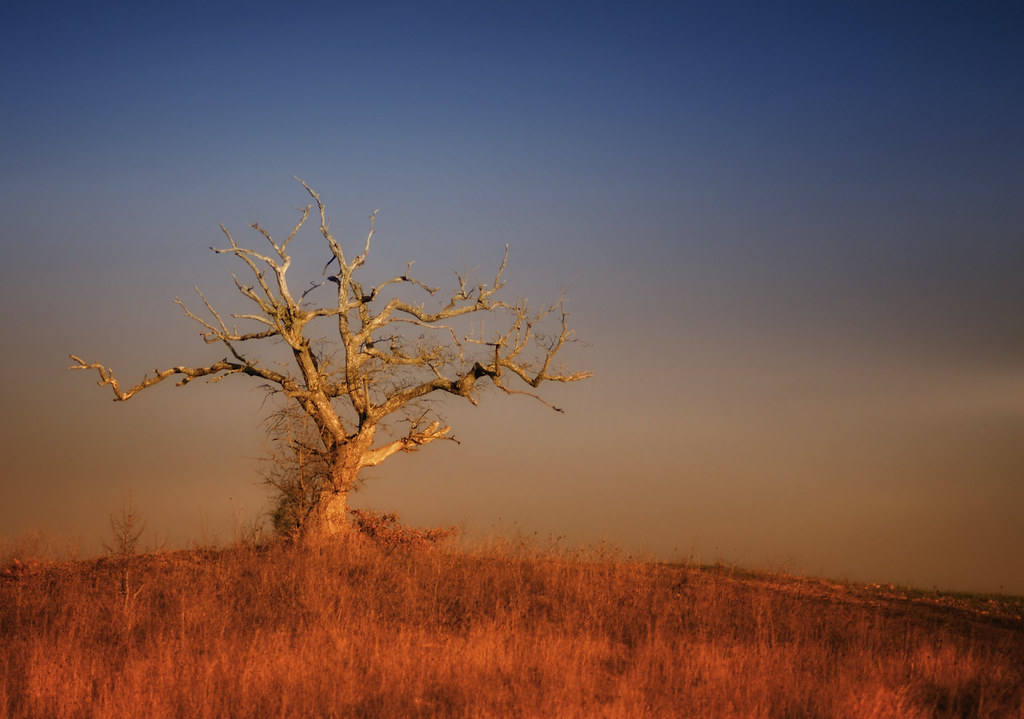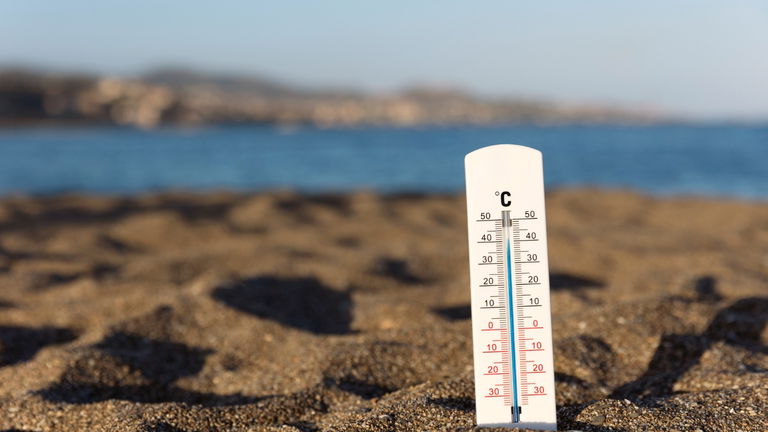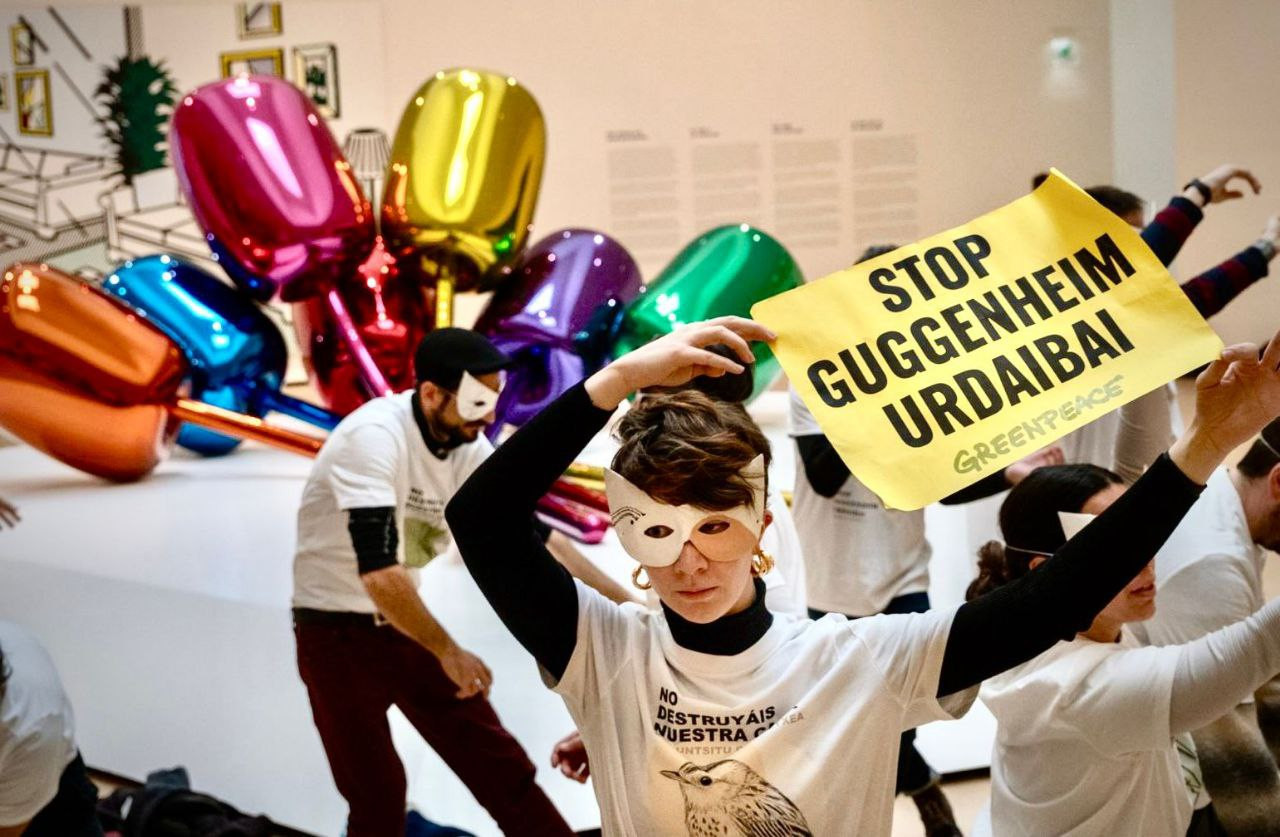Half degree that brings us closer to smoking
- What is climate change today? The information is abundant and different ways can be taken to answer the question. One of them is the journey to the unknown of journalist Iñaki Petxarroman. Take the book in crisis about the world, the climate and the ecology and take the path. We reached the complicated goal: Will humanity be able to prevent a two-degree rise in temperature by the end of the century?

We will look for answers to unpack the book and soon we will see that there are no clear answers. According to the World Meteorological Organization, the last decade has been the warmest of those recorded so far. In 2015, 195 countries signed the Paris Agreement with the aim of preventing a two-degree rise by the end of the century. To achieve this, greenhouse gases emitted into the atmosphere between 2010 and 2030 should be reduced by a quarter and by 2070 a net zero emission would be required, i.e. an amount equivalent to the capacity of the atmosphere to store what is emitted. The planet is now 1.1 degrees higher than the time before the industry and it is believed that by the end of the century it can give rise to 2 degrees. The goal would be not to raise more than 1.5 degrees, as there is a big difference between ecosystems and climate change, which can increase by 1.5 or 2 degrees.
What is the main problem? Today, the most polluting countries are not meeting the targets set in Paris; moreover, some countries, including the United States, Australia and Brazil, have made a very clear boycott of what was established in Paris. Valerie Masson-Delmott belongs to the senior officials of the Intergovernmental Panel on Climate Change and, in his view, “the warming that has already taken place is irreversible, as the sea has absorbed 90% of that additional energy and that heat will last for thousands of years.” In his view, the warming of the future is inevitable and the effort to be made is to stabilise the climate, inevitably reducing greenhouse gas emissions. For this, he says, “a line view through is indispensable. The policies of all ministries must be coordinated. Decisions on food, health, agriculture, education must take into account the climate issue.”
Half degree step
This journalist would not want to be pessimistic, but almost every citizen concerned about these issues has plenty of reasons to be very concerned, if it is to avoid global warming if it is to be based on the changes that have taken place in those ministries – or in parallel councils – since 2015. The researcher at the Basque Center for Climate Chang, Elisa Sainz de Murieta, is fortunately more optimistic and, although it is difficult, sees “reach 1.5 degrees”. If this magic number is exceeded, he says that every tenth grade is key and even if it cannot stop at 1.5, “it would have to stay at 1.6 or 1.7.”
The largest pollutant in
the Basque Country:
Petronor, which now wants to be justified by the hydrogen revolution, has been the industry that has spilled the most CO2 for decades, 10% of its annual emissions are
theirs.
What's the difference? Well, in raw terms, the difference is between bad and very bad: with two degrees of rise the risk of flooding will grow by 170% and with 1.5 degrees 100%. With 1.5 degrees every 20 years, two billion people will be affected by extreme heat waves, and with 2 degrees, 3.3 billion people will be affected by extreme heat. Two-degree warming would wipe out all the coral reefs of the world, 1.5 degrees, only 70 percent of them. The 2-degree arctic ice would melt every 10 years, 1.5 every 100 years. In his book Petxarroman offers us an endless apocalyptic list, but also a place to hug closely, like the words of Sainz de Murieta: “I think you can say it’s important, because if not people can despair.”
But it’s no longer just “what’s coming!”, it’s as serious as that “what we’ve done!” The climate change chapter offers the measure of the slaughter already accomplished. Pyrenean glaciers: In 1850 they occupied 2,000 hectares, currently 242. In the Pyrenees there has already been a rise of 1.5 degrees. The study, published in 2018 in the journal Nature, reveals that between 1961 and 2016 9,600 gigatons of ice have been lost on glaciers in the mountains of the world (one gigaton equals one billion tons of water or one cubic kilometer of water). This alone has already caused an increase of 2.7 centimetres above the coast of Marcilla. The ice had an extension of seven million square kilometers in 1980 and 4.6 square kilometers in 2018. But today, the most serious situation is Greenland, where 25 percent of the ice going to the sea, 20 percent of the glacial mountains and 10-11 percent of Antarctica are located.
According to the UN Platform for Biodiversity and Ecosystem Services report in 2019, one million species on the planet are in danger of extinction. In 2019, 24 million hectares of forest disappeared in the world. The Amazon rainforest could disappear in five decades. In 2019, weather events caused 22 million internal migrants, and by the end of the century, 250 million can be expected.
.jpg)
Holocene to Anthropocene
The flow of serious data is so large and infinite that we can choke in its current if we don't get it right in time. In the geological sense, what has been done so far leaves a profound mark on the future. Going back to epic terms, what have we already done in the war on the planet? “According to geologists – Alejandro Zearreta tells us in his book – we have exploded 543 atomic bombs into the atmosphere. Among the particles released, cesio-137 will no longer exist in a hundred years; but plutonium 239 will be there in a hundred thousand years.”
That is why it is said that we have already passed from the Holocene in which we have so far lived the Anthropocene, that is, the new geological time caused by humans. In previous geological times there have also been massive disasters of living things, but never in such a short time. Although the collapses have existed in ancient times in many civilizations – Egypt, Rome, Easter Island… – as Zearreta tells us, “the difference is that we are already a planetary society and, therefore, the collapse can be global.”
Who created this?
Among other things, you and I, reader, as you will see if you read the chapter Ecological transition in the Basque Country. In the early 1990s, when this journalist began to talk about social issues, leaders of all kinds began to use the concept of “sustainable development” aloud. Then, the “ecologists”, “those four cats”, already considered them crazy, while they considered it an oxymoron.
Three decades later, our presidents and counselors are still in the same situation, this time all dressed in green or green. But in the data, Petxarroman tells us that we're in Europe's last car, giving that title to a chapter of the book. In 2019 the Basque Government solemnly declared the climate emergency, but since the signing of the Paris Agreement in 2015, greenhouse gas emissions have increased by 1.5%, according to the Basque Government. If the European Union citizen emits an average of 7 tonnes of CO2, the Basques 9.1 tonnes.
Today the ecological footprint of the Basques is 2.6, that is, if all the inhabitants of the world consumed like us, they would need two and a half planets to live like us. As long as the TAV dance, incinerators, reservoirs, canals and new roads are maintained, very bad data chubascos are also maintained in this chapter. One of the most significant is that the industry that has spilled the most CO2 for decades has been Petronor, which now wants to bleach with the hydrogen revolution, has 10% of its annual emissions.
Although it may seem hard to believe in our way of life, it seems that we are slowly realizing what is coming to us, those of us who are slower, the youngest. Swedish young woman Greta Thunberg is an example of a new and agitated generation of young people: “I want you to act as if your home were on fire, because that’s what’s going on,” he also severely addressed the global authorities at the COP24 summit in Poland: “You say that you love your children above anything, but you are stealing the future before their eyes.” From movements like Fridays For Future, young people broke last year’s first global climate strike and, as Yayo Herrero says in his book, “this mobilization of the world’s youth has been a kind of fresh wind.”

In search of miracles
So where does the miracle come from? In very general terms, there are two major areas in the world today. On the one hand, for those who want to base their economic development on growth is technology, and on those clean or renewable energies the solution, especially electricity generated from the sun and from the wind, without excluding nuclear, hydrogen or biofuels.
On the other hand, there is the idea of degrowth, that is, economic growth has brought the world to devastation and, therefore, we must above all promote orderly growth, in addition to the need to discard fossil energy and to make the new generation renewable. But this approach puts the emphasis on an economic model that, in essence, does not focus development on growth. Degrowth yes or yes, says the well-known ecofeminist activist Yayo Herrero in his book: “This is not a political choice of the people who move in greening, but a fact.” In other words, the geologist Antonio Aretxabala also presented the idea of the same slice in this year's Gangas yearbook of ARGIA: “Degrowth is going to happen yes or yes, it is already happening, the planet does not negotiate.”
Petxarroman ends the book with the hopeful message of researcher Masson-Delmott, quoted at the beginning of the report. He says that 15-year-olds will live their entire lives in a context of warming and feel “unwell because of the passivity of the past with climate and biodiversity.” The journalist from Berria also ends the book with this idea: “In that attitude, in that need to change, [Masson-Delmott] sees the hope that this journey will go well.”
In this interview the author speaks of the book: "Either we rethink our consumption and production models or we're going to go wrong."
TXINA GILTZARRI
Munduan CO2 gehien isurtzen duen herrialdea da eta %40 gutxitu beharko du ikatzaren erabilera, baina oraindik 121 ikatz planta eraikitzen ari da. Aldi berean, eta bizi diren kontraesanen erakusgarri, bera da munduan energia berriztagarriei bultzadarik handiena eman diena. Elisa Sainz de Murieta geologoaren ustez, “Txinak hartzen duen jarrerak guztiz baldintzatuko du munduaren norabidea (…) baina uste dut euren lanak egiten ari direla”.
BASOAK:
AGUR 24 MILIOI HEKTAREARI
2019an desagertutako baso eremua da, Global Forest Watch erakundearen esanetan. Deforestazioaren ondorioz, 6 segunduan behin futbol zelai baten tamainako eremua desagertzen da. Horien erdiak tropikoetan eta, azken hauetatik 3,8 milioi hektarea bioaniztasunaren altxor dira.
149 EUROKO ZERGA
Energia fosiletan ez inbertitzea eta hauek zergez zamatzea ezinbestekoa da ekonomialari askoren ustez. Suedian oso eraginkorra izan da eta isuritako CO2 tona bakoitzeko 149 euroko zerga ordaintzen dute enpresek; horren ondorioz, 1995etik gaurdaino %25 gutxitu dira CO2 isuriak.
EUSKAL HERRIA 9,1– EUROPAKO BATASUNA 7
“Berotegi gasen per capita isurketari erreparatuz gero, euskal herritarrek gehiago isurtzen dute (9,1 tona CO2 baliokide) Europako Batasuneko herritarrek baino (7 tona CO2 baliokide)”.
ZOONOSIA ETA BASA FAUNA
142 zoonosi kasu aztertu ditu California Davis Unibertsitateko Albaitari Eskolako One Health institutuak. Historian zehar, zoonosi kasu gehienak animalia etxekotuetatik datoz, baina ikerketa horren arabera, mehatxatutako espezieek bi bider zoonosi gehiago igorri dizkiete gizakiei beste animaliek baino. 1940tik hona izan diren zoonosien 2/3 basa faunan zuten jatorria.
HONDARTZAK ARRISKUAN
Mende amaierarako itsasoaren maila 30-60 zentimetro artean igo daiteke. Horrek esan nahi du Kontxako hondartzak 30 metro gutxiago izan dezakeela 30 zentimetroko igoera ematen bada. Berdin Zarauzko edo Getxoko Ereagako hondartzek ere. Ondorioa? Mareak gora egiten duenean edo itsas biziak daudenean, hondartza hareatzarik gabe geratuko dela. AEBetako Climate Center erakundearen arabera, mende erdirako 300 milioi biztanle arriskuan egon daitezke, bereziki Asian eta Pazifikoko uharteetan.
PIRINIOETAKO GLAZIARRAK
“1980ko hamarkadatik, azaleraren %70 galdu dute Pirinioetako glaziarrek. 1994an 39 glaziar zeuden, eta gaur egungo hemeretzi inguru geratzen dira."
Today’s Venice is built on an archipelago of 118 islands. These islands are connected by 455 bridges. The city is based on mud rather than Lura. Millions of trees in the area were cut down from the 9th century onwards to build piles and cement the city. Years have passed and... [+]
Lurrak guri zuhaitzak eman, eta guk lurrari egurra. Egungo bizimoldea bideraezina dela ikusita, Suitzako Alderdi Berdearen gazte adarrak galdeketara deitu ditu herritarrak, “garapen” ekonomikoa planetaren mugen gainetik jarri ala ez erabakitzeko. Izan ere, mundu... [+]
Eskola inguruko natur guneak aztertu dituzte Hernaniko Lehen Hezkuntzako bost ikastetxeetako ikasleek. Helburua, bikoitza: klima larrialdiari aurre egiteko eremu horiek identifikatu eta kontserbatzea batetik, eta hezkuntzarako erabiltzea, bestetik. Eskola bakoitzak natur eremu... [+]
Agintari gutxik aitortzen dute publikoki, disimulurik eta konplexurik gabe, multinazional kutsatzaileen alde daudela. Nahiago izaten dute enpresa horien aurpegi berdea babestu, “planetaren alde” lan egiten ari direla harro azpimarratu, eta kutsadura eta marroiz... [+]
Biologian doktorea, CESIC Zientzia Ikerketen Kontseilu Nagusiko ikerlaria eta Madrilgo Rey Juan Carlos unibertsitateko irakaslea, Fernando Valladares (Mar del Plata, 1965) klima aldaketa eta ingurumen gaietan Espainiako Estatuko ahots kritiko ezagunenetako bat da. Urteak... [+]
Nola azaldu 10-12 urteko ikasleei bioaniztasunaren galerak eta klima aldaketaren ondorioek duten larritasuna, “ez dago ezer egiterik” ideia alboratu eta planetaren alde elkarrekin zer egin dezakegun gogoetatzeko? Fernando Valladares biologoak hainbat gako eman dizkie... [+]
Eskoziako Lur Garaietara otsoak itzularazteak basoak bere onera ekartzen lagunduko lukeela adierazi dute Leeds unibertsitateko ikertzaileek.. Horrek, era berean, klima-larrialdiari aurre egiteko balioko lukeela baieztatu dute, basoek atmosferako karbono-dioxidoa xurgatuko... [+]







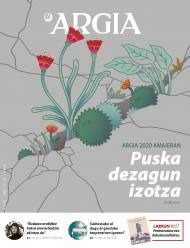





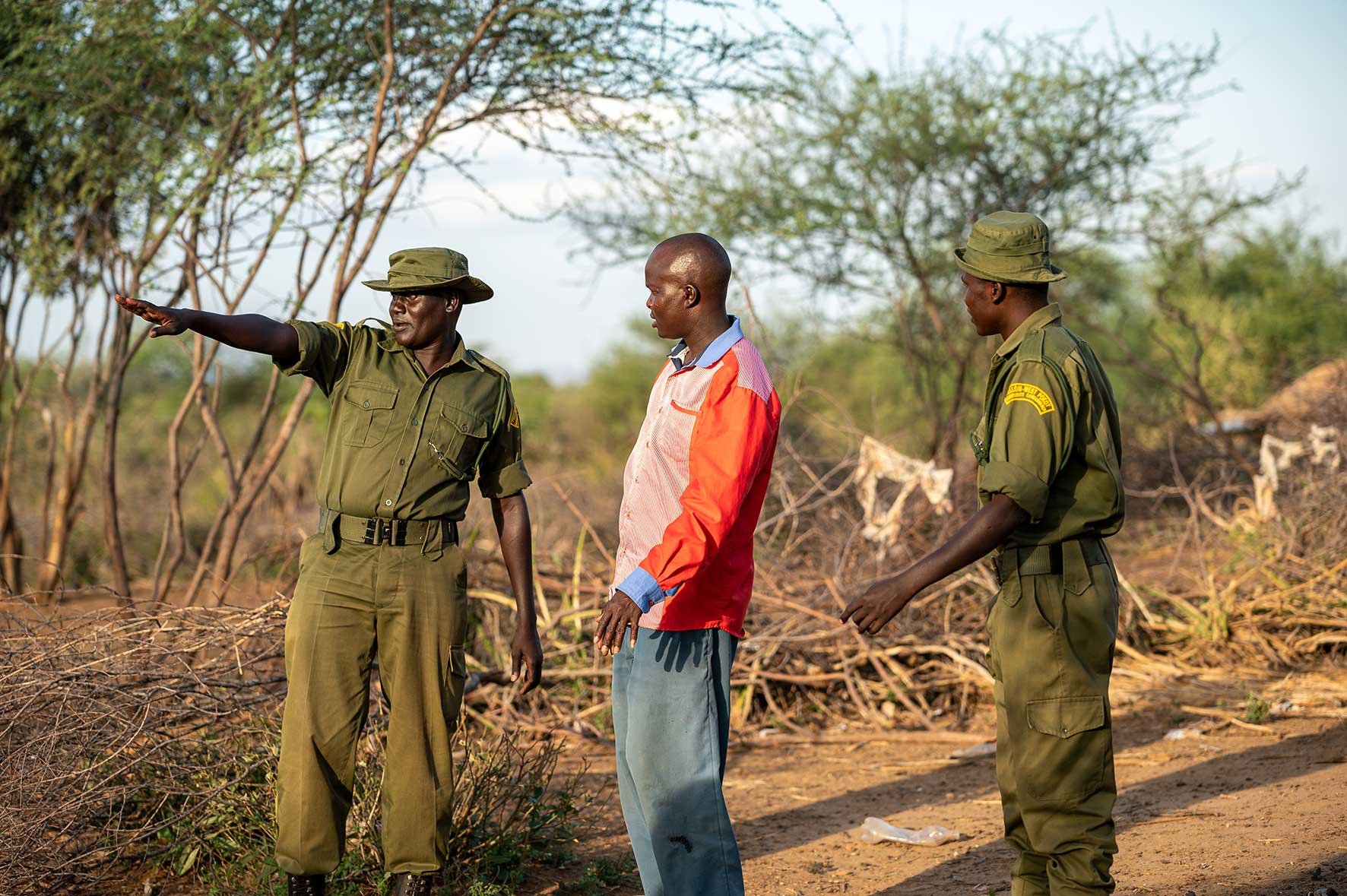
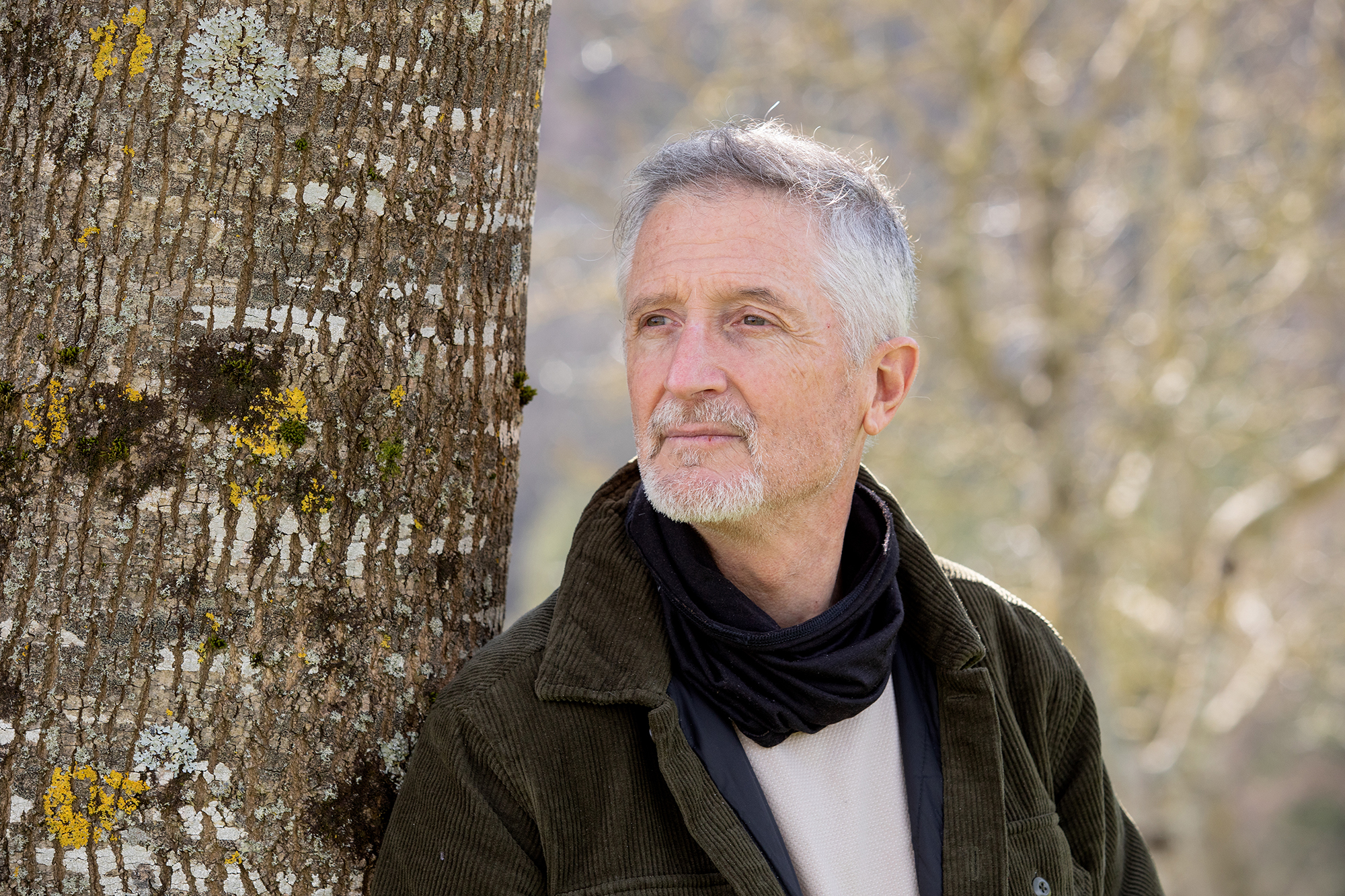

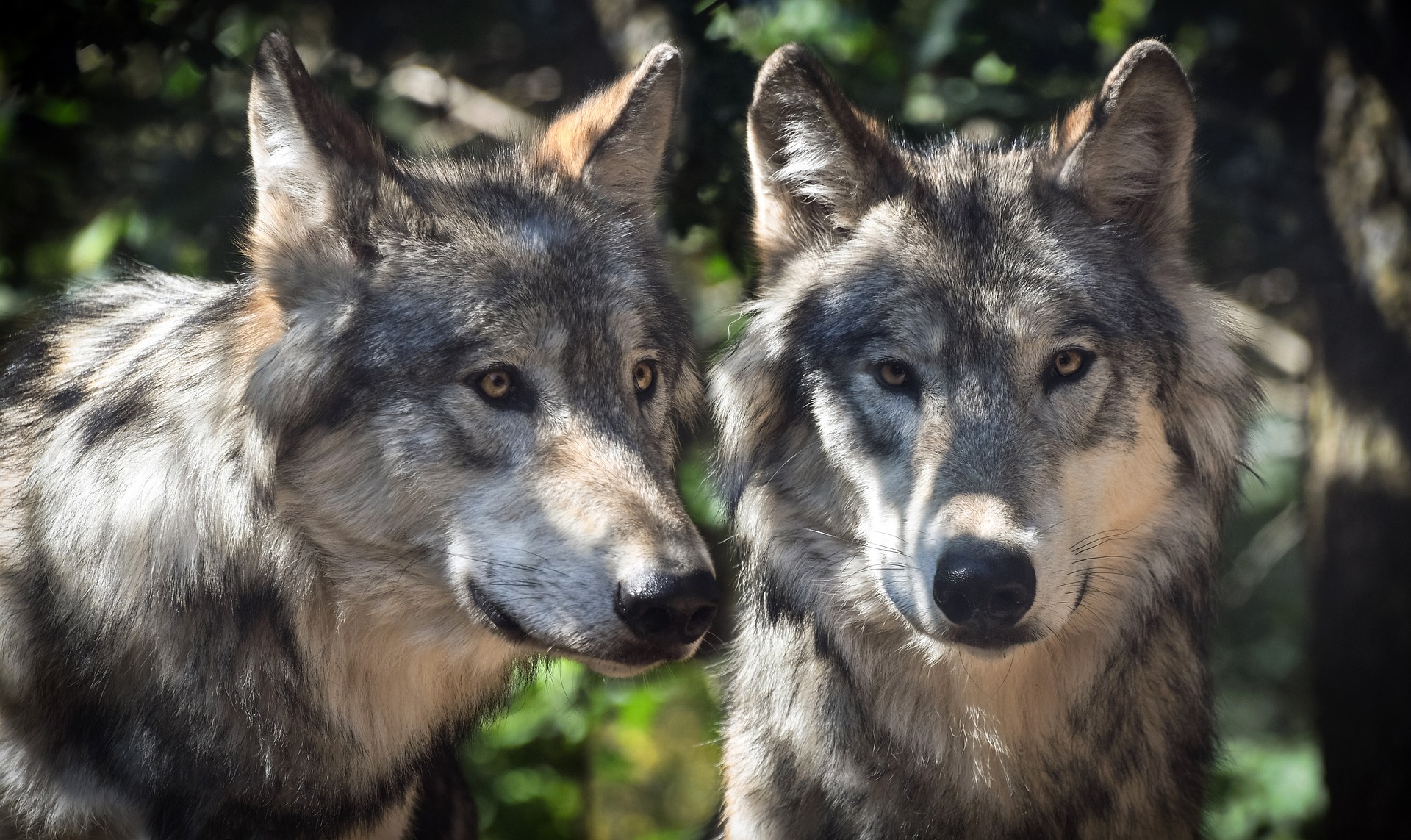
_Glaciar.png)
